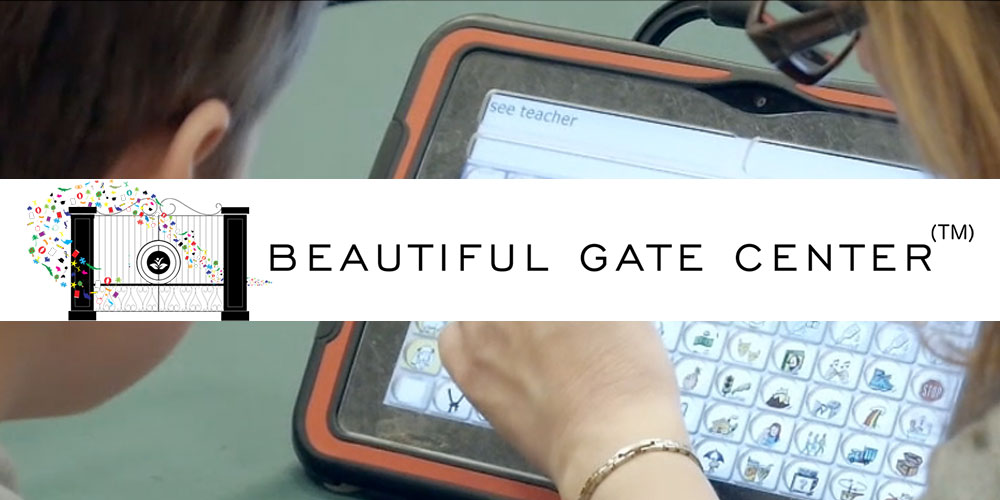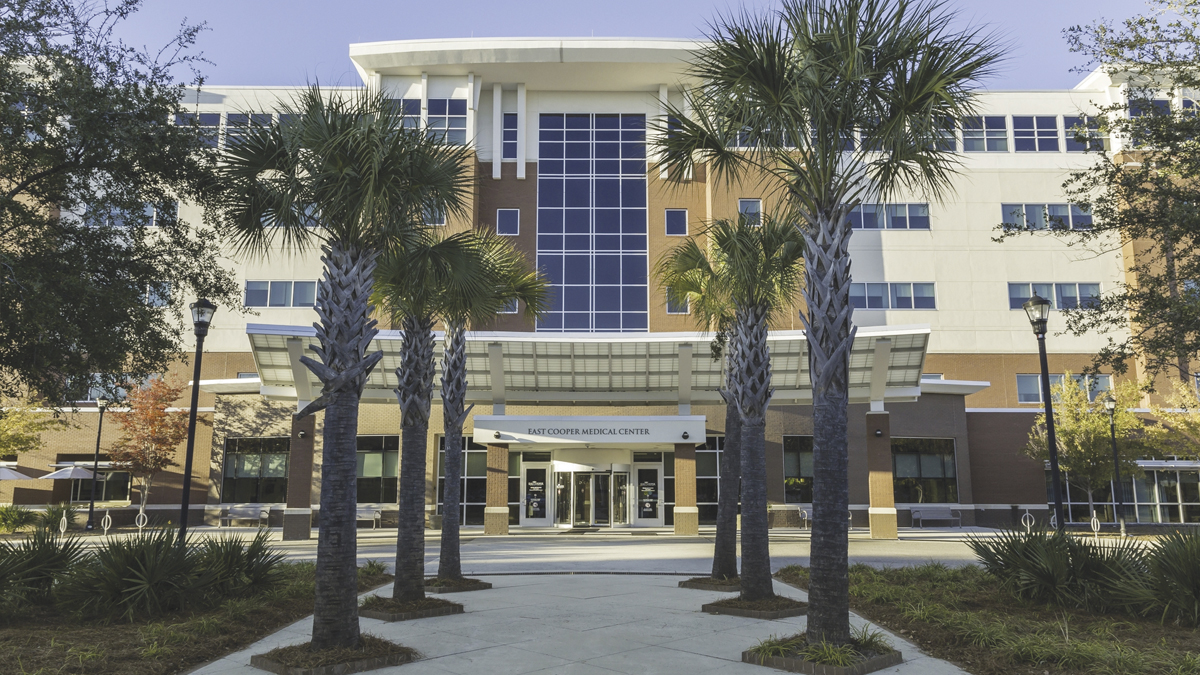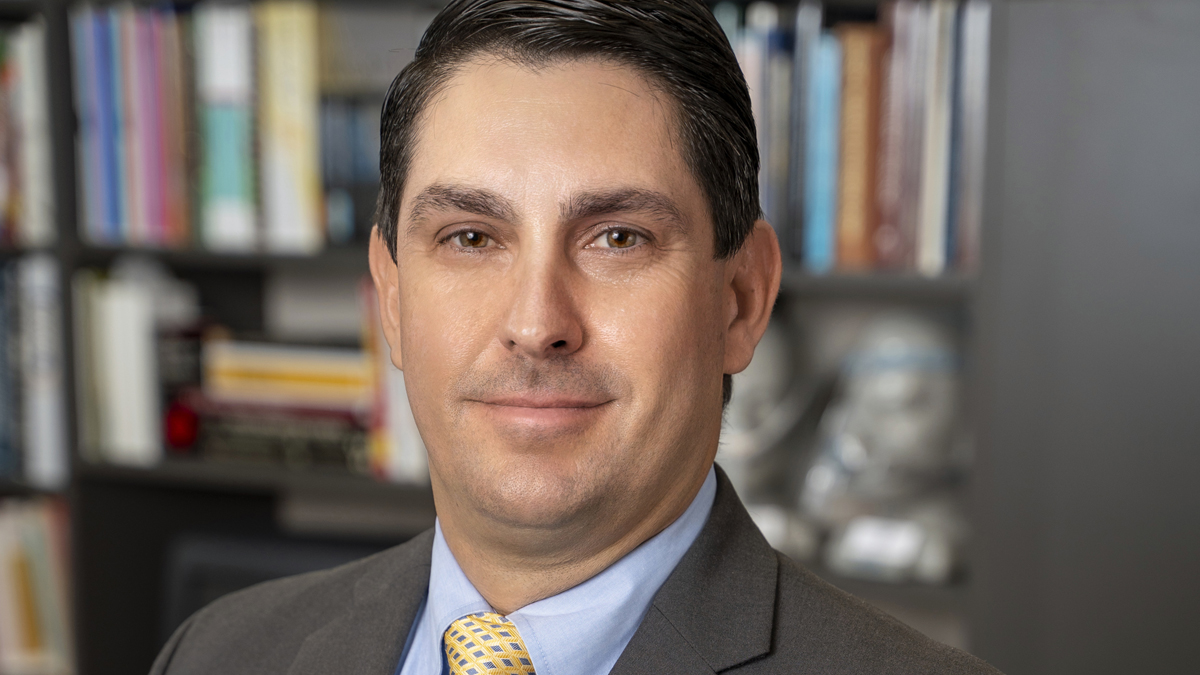It’s like the gates opening up to new opportunities and to a better life – that’s what Beautiful Gate Center represents to so many parents of children with intellectual disabilities, autism and communication or behavioral disorders.
This developmental learning center is new to the Lowcountry and to the entire state for that matter. It opened as a clinical group practice in March, providing occupational, speech and language and applied behavior analysis therapy to children with various kinds of developmental disabilities. The intensive center-based program, which will provide a full-day, year-round learning environment for students diagnosed with developmental disabilities such as autism, will commence in July.
Angela Muirhead, the executive director of Beautiful Gate Center, said there currently are no schools that serve the needs of children significantly impacted by intellectual disability, life skill deficits, communication disorders and behavior challenges.
“Children with intellectual disabilities can learn and thrive, but some of the more significantly impacted children need nontraditional and intensive methods, which our public schools are usually unable to provide,” she explained.
Muirhead said that in South Carolina, there are 106,000 children with special needs between the ages of 3 and 21, approximately 12,000 of them in the Lowcountry. She added that 1,300 have an autism diagnosis, 1,400 have speech delays and that 4,000 to 5,000 probably have an intellectual delay.
Many of these children are currently being taught at home or spending countless hours in therapy appointments.
As a mother of a child with a developmental disability, Muirhead has dedicated her life to researching what works when it comes to educating children with intellectual disabilities, autism and communication or behavioral disorders.
From the staff to the building, Beautiful Gate Center is modeled like a home so children can feel more comfortable. Even its logo depicts a beautiful gate with colorful confetti blowing through made up of logos, symbols and artwork used within the disability communities.
“Eventually, I hope to make this a place that people with disabilities can attend and enjoy for their entire lives, if needed, and where their families can also get vital support and community,” Muirhead concluded
For more information on Beautiful Gate Center, visit www.beautifulgatecenter.org.
By Theresa Stratford






